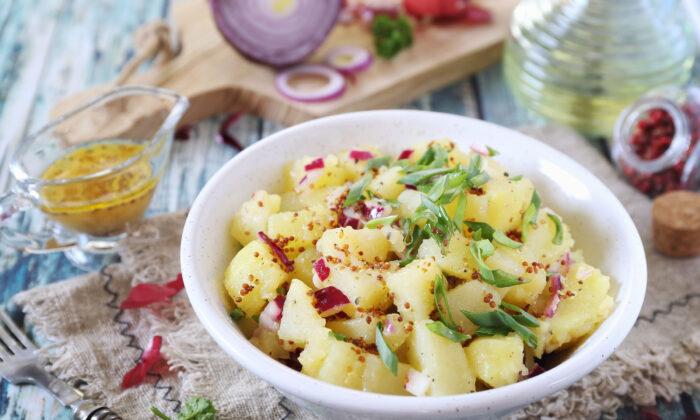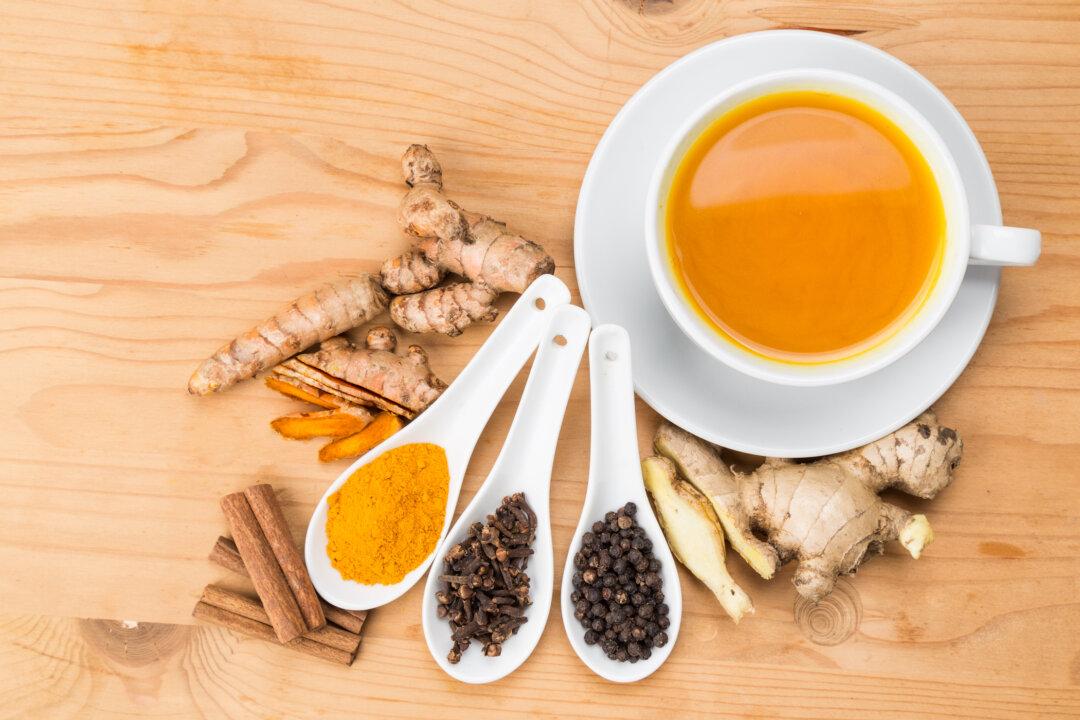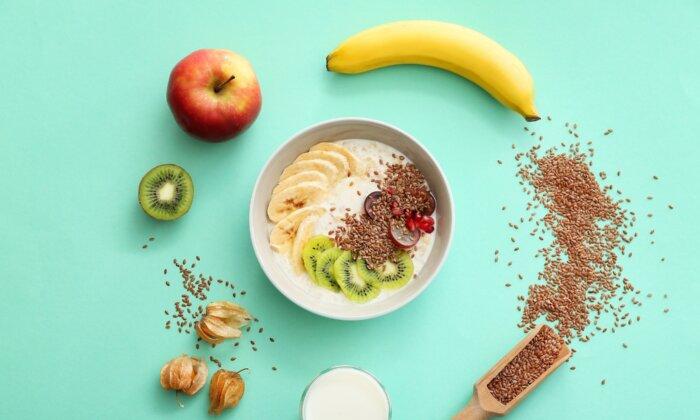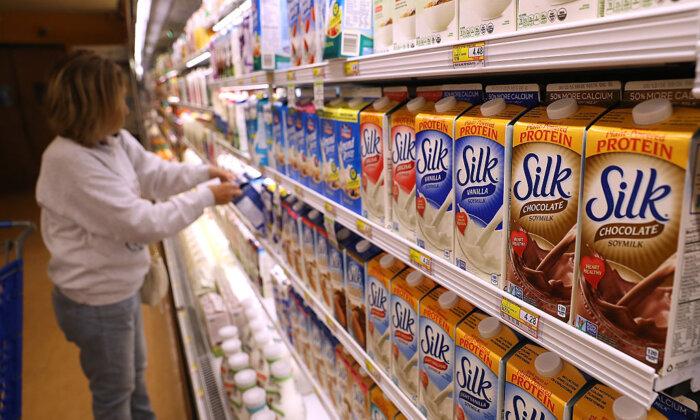[embed]https://youtu.be/26Q-OjCr9tA[/embed]
If you systematically pull together all the best studies on potato consumption and chronic disease risk, an association is found for the risk of type 2 diabetes and hypertension. Yeah, but that was for French fries. Consumption of boiled, baked, or mashed potatoes was not associated with the risk of high blood pressure, but there was still a pesky link with diabetes. Overall, potato consumption is not related to the risk for many chronic diseases, but boiled potatoes could potentially pose a small increase in risk for diabetes. That’s one of the reasons some question whether they should be counted as vegetables when you’re trying to reach your recommended daily servings of fruits and vegetables.
If you look at other whole plant foods—nuts, vegetables, fruits, and legumes (which are beans, split peas, chickpeas, and lentils)—they’re associated with living a longer life. Significantly less risk of dying from cancer, dying from cardiovascular diseases like heart attacks, and 25 percent less chance of dying prematurely from all causes put together. But no such protection is gained from potatoes for cancer, heart disease, or overall mortality. So, the fact that potatoes don’t seem to affect mortality can be seen as a downside. Now, it’s not like meat, which may actually actively shorten your life, but there may be an opportunity cost to eating white potatoes, since every bite of a potato is a lost opportunity to put something even healthier in your mouth— something that may actively make you live longer.
So, potatoes are kind of a double-edged sword. The reason that potato consumption may just have a neutral impact on mortality risk is that all the fiber, vitamin C, and potassium in white potatoes might be counterbalanced by the detrimental effects of their high glycemic index. Not only are high glycemic impact diets robustly associated with developing type 2 diabetes, but current evidence suggests that this relationship is cause-and-effect.
A front group for the potato industry called the Alliance for Potato Research and Education funded a study that found that intake of non-fried potato does not affect blood sugar markers, but that’s compared with the likes of Wonder Bread; so, that isn’t really saying very much. Foods with a glycemic index (GI) above 70 are classified as high-GI foods, high glycemic index foods, and those lower than 55 are low-GI foods. Pure sugar water, for example, is often standardized at 100. White bread and white potatoes are way up there as high glycemic index foods. When you compare them to an intact grain, like barley groats (also known as pot barley), a super-low GI food, you can see how refined grains and potatoes are simply no match.
There’s actually an appetite-suppressing protein in potatoes called potato protease inhibitor II, but the way you prepare your potatoes makes a difference. Both boiled and mashed potatoes are significantly more satiating than French fries. That was for fried French fries, though. What about baked French fries? Folks had a big drop in appetite after eating boiled mashed potatoes, compared to white rice or white pasta, which is right where fried French fries were stuck, as well as baked French fries. So, though they may be your BFF, they’re not very satiating.






